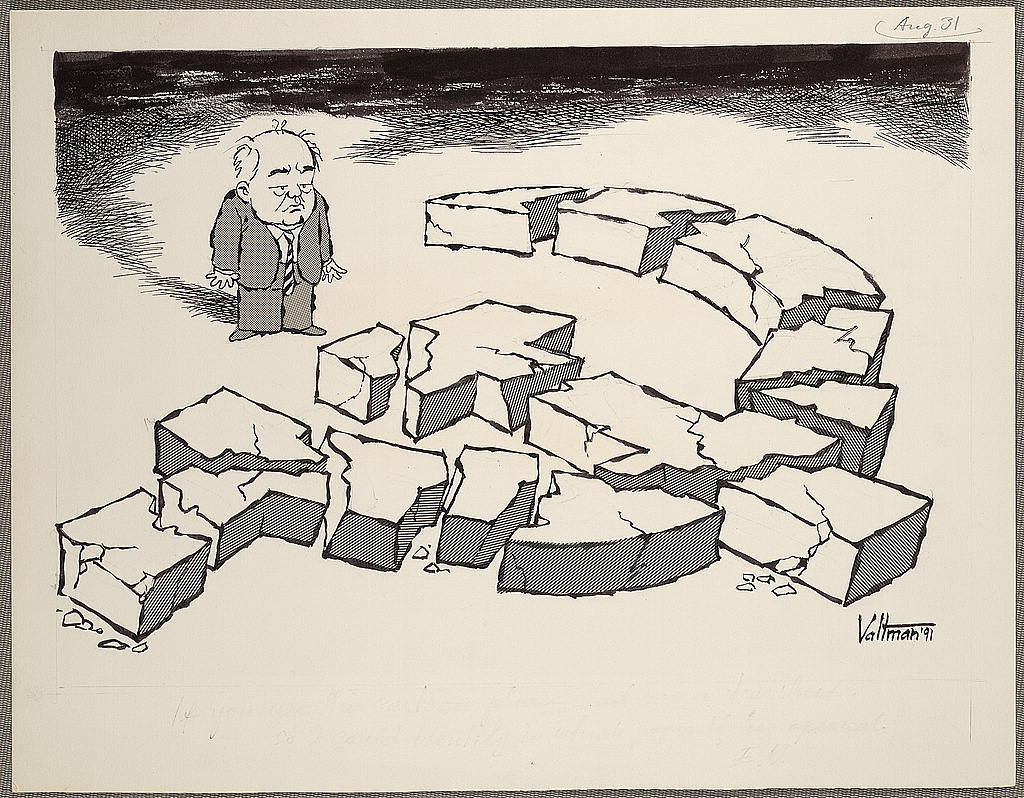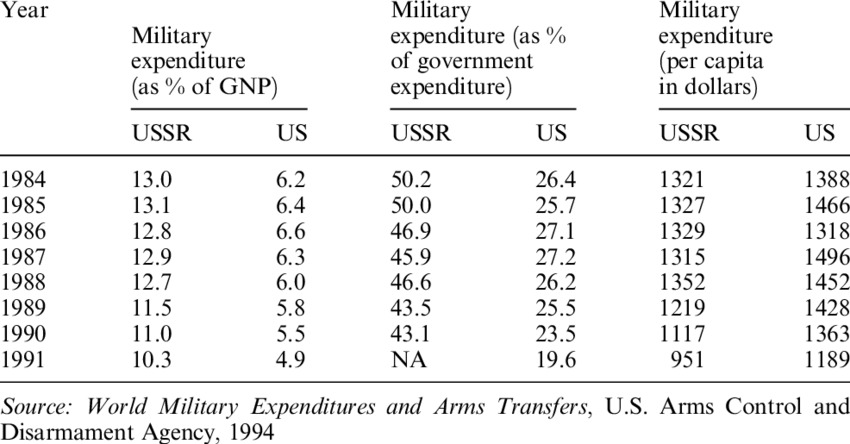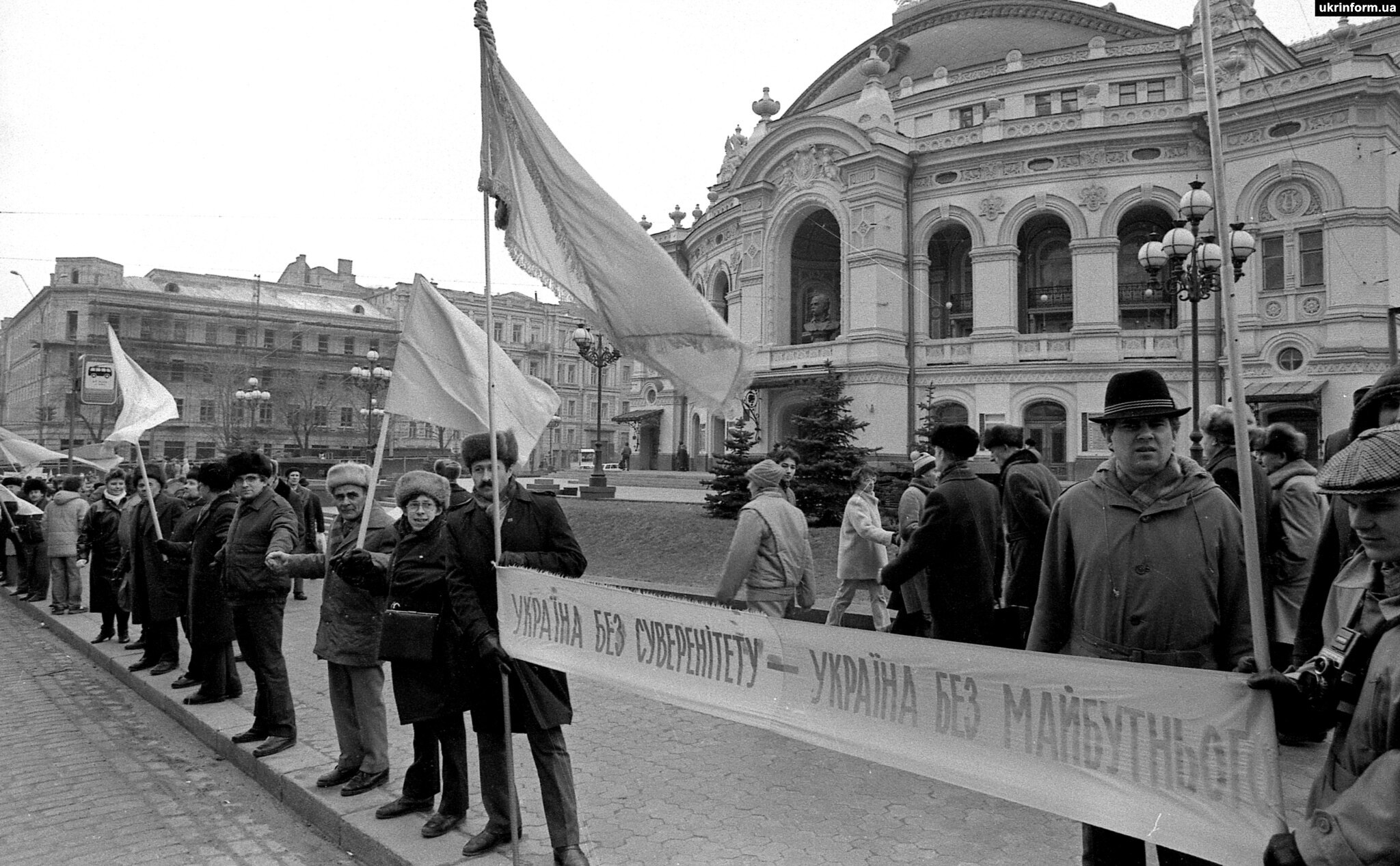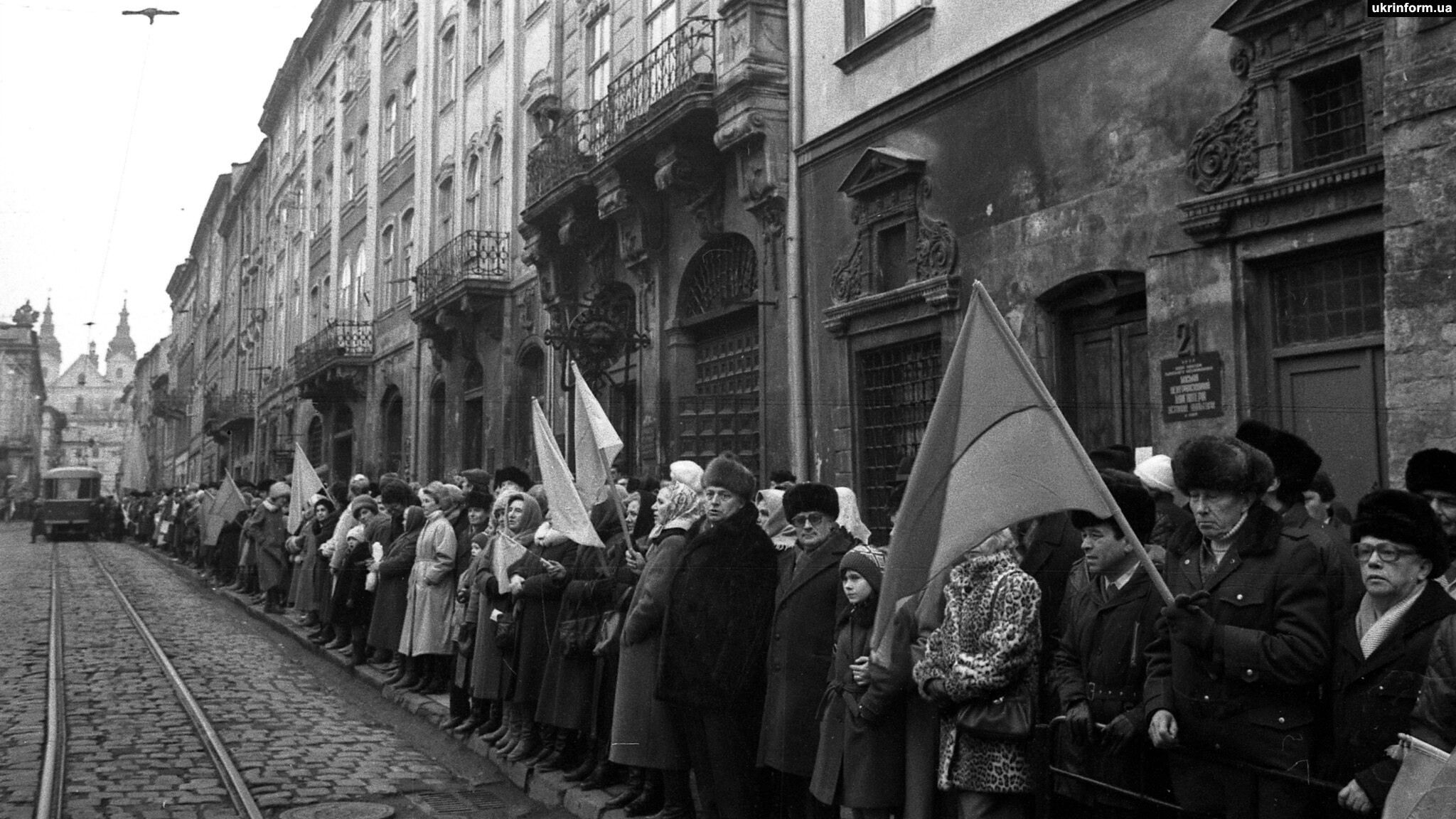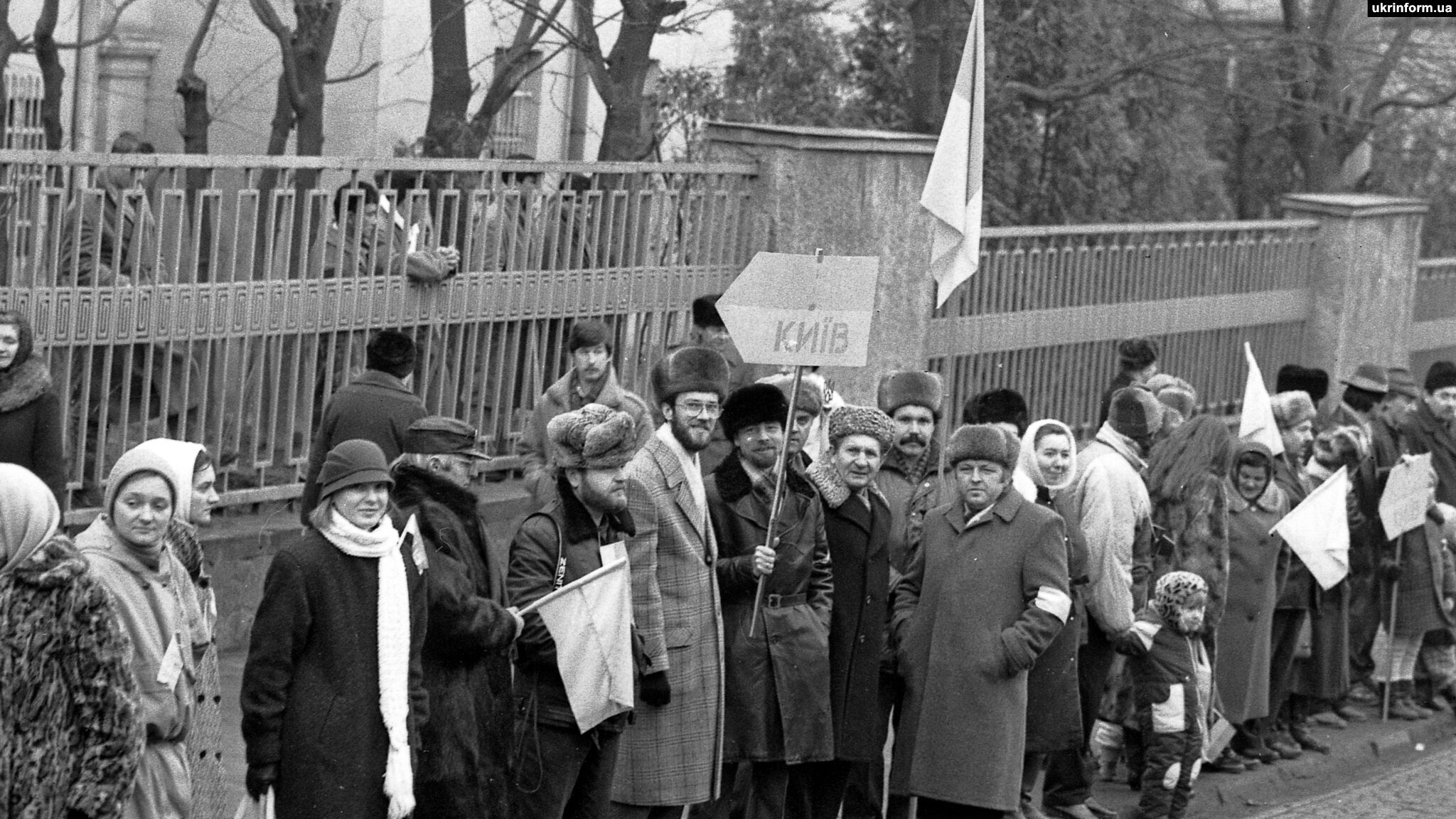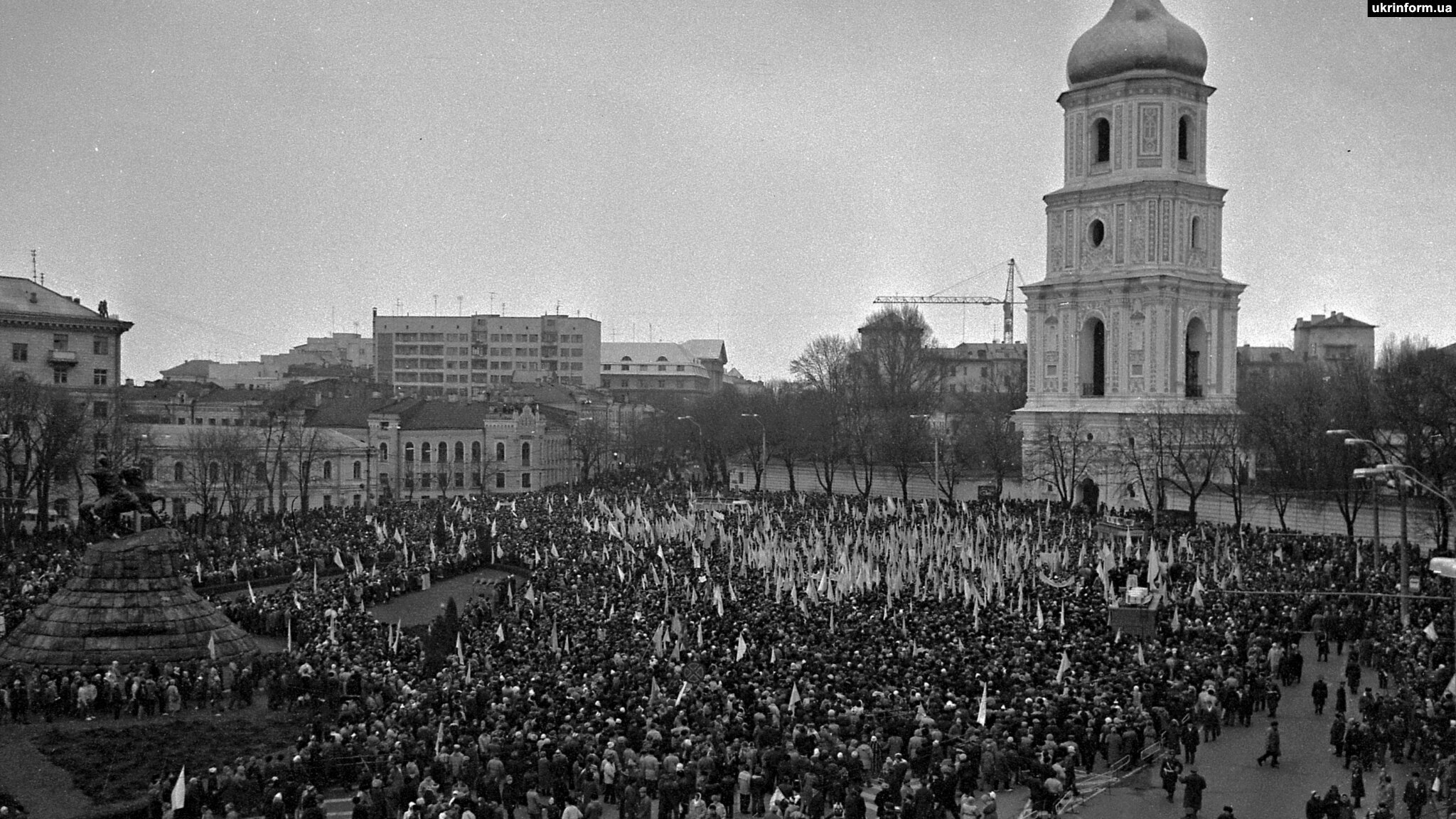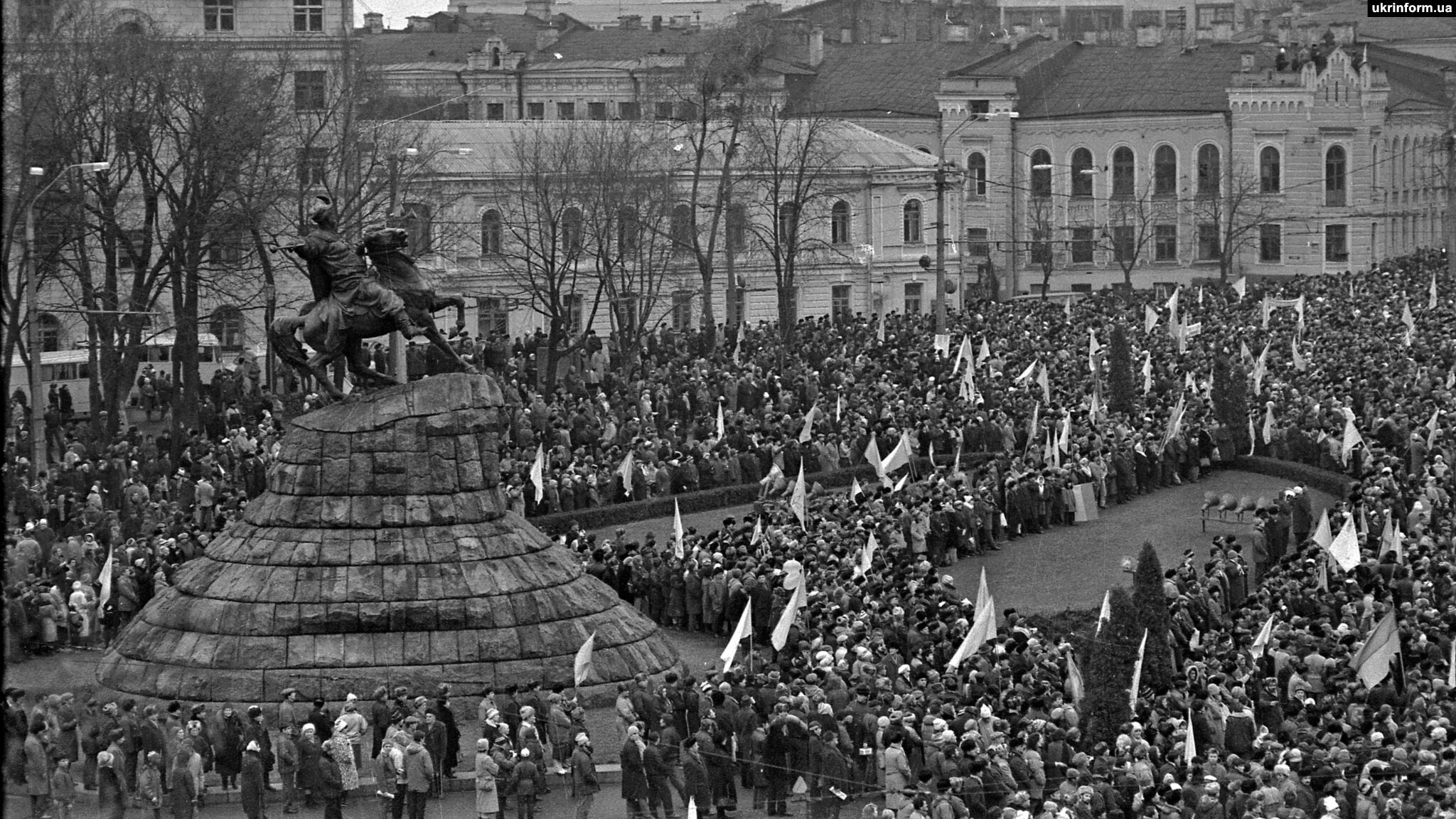The Fallout and Global Response
Weakening the Soviet Superpower
The Chernobyl disaster dealt a significant blow to the Soviet Union’s standing in the Cold War. For decades, the USSR had sought to project an image of technological superiority and robust governance, but the explosion of Reactor No. 4 revealed deep flaws in the Soviet system. The world watched as secrecy, mismanagement, and denial defined the Soviet response, undermining the country’s credibility.
The Soviet Union’s initial cover-up and delay in acknowledging the disaster shattered trust both domestically and internationally. While radiation spread across Europe, the USSR hesitated to inform its citizens and the world. This secrecy led to widespread outrage, giving Western countries an opportunity to highlight Soviet failures. The United States and its allies used Chernobyl as evidence of the dangers of Soviet governance, eroding the USSR’s moral authority and diplomatic standing.
Economic Strain
The economic burden of Chernobyl further weakened an already struggling Soviet economy. The costs of decontamination, resettlement, compensation, and health care for victims were immense. Some estimates suggest the USSR spent the equivalent of billions of dollars to mitigate the disaster’s impact. These expenses diverted resources from the Soviet military and industrial complex, undermining the USSR’s ability to keep up with the United States in the arms race. The strain from Chernobyl contributed to broader economic stagnation and exacerbated existing financial weaknesses, hastening the Soviet Union’s decline.
Gorbachev’s Reforms
The disaster accelerated Mikhail Gorbachev’s policies of Glasnost (openness) and Perestroika (restructuring). The need for greater transparency and reform became undeniable. Gorbachev recognized that the Soviet system’s secrecy and inefficiency were unsustainable. Chernobyl laid bare the necessity of change, pushing the USSR to adopt more open communication and systemic reforms. Ultimately, the Chernobyl catastrophe exposed vulnerabilities in the Soviet Union that could no longer be concealed.
A Catalyst for Safer Nuclear Practices
The Chernobyl disaster underscored the global nature of nuclear risks, forcing nations to confront the need for improved safety and international cooperation. It became a catalyst for major reforms in nuclear policy, ensuring that such a catastrophe would not happen again.
International Cooperation
The explosion at Chernobyl made it clear that nuclear accidents could not be contained within national borders. Radioactive fallout spread across Europe, affecting countries that had no say in the Soviet Union’s safety protocols. This realization prompted nations to cooperate more closely under the International Atomic Energy Agency (IAEA). In 1994, the Convention on Nuclear Safety was established, setting international benchmarks for reactor design, operation, and emergency preparedness. Nations agreed to increased transparency, information sharing, and mutual accountability in nuclear safety matters.
In response to Chernobyl, countries with nuclear programs implemented stricter safety measures. Improvements in reactor designs, emergency response procedures, and operator training became priorities. These reforms aimed to reduce the likelihood of future accidents and ensure that governments could respond swiftly and effectively if they occurred. Transparency became a central principle, with nations recognizing that secrecy and denial only worsened nuclear crises. Public reporting on safety protocols and incident management became standard practice.
Public Opinion on Nuclear Energy
Chernobyl also fueled public skepticism toward nuclear power. In Europe, anti-nuclear movements gained momentum, leading to protests and policy shifts. Countries like Germany decided to phase out nuclear energy altogether, while others, such as Sweden and Italy, reduced their reliance on it. The disaster left a lasting mark on how societies perceived the balance between nuclear power’s benefits and its potential dangers. Chernobyl’s legacy ensured that nuclear safety would be a global priority, influencing policies for decades to come.
Fueling Ukrainian Nationalism
The Chernobyl disaster not only exposed the weaknesses of the Soviet state but also deepened the divide between Ukraine and Moscow. The Soviet government’s mishandling of the crisis and disregard for Ukrainian lives fueled resentment, setting the stage for a surge in Ukrainian nationalism and, ultimately, independence.
Distrust in Moscow
For Ukrainians, the Soviet government’s response to Chernobyl symbolized neglect and exploitation. Authorities delayed evacuations, downplayed the risks, and withheld critical information, putting countless lives in danger. This betrayal fostered a deep distrust in Moscow’s leadership. Many Ukrainians felt that the Soviet regime prioritized its image and secrecy over the welfare of its citizens. Environmental and nationalist movements, such as Rukh, gained traction in the years following Chernobyl. The disaster became a rallying point for Ukrainians demanding greater autonomy and accountability. Chernobyl highlighted the need for Ukraine to have control over its own land, resources, and future. Activists and citizens began calling for independence, arguing that only a sovereign Ukraine could ensure the safety and well-being of its people.
Path to Independence
Chernobyl’s fallout accelerated Ukraine’s path toward independence. The Soviet Union’s weaknesses were laid bare, and confidence in the regime crumbled. In 1991, just five years after the disaster, Ukraine declared independence as the Soviet Union collapsed. Chernobyl’s legacy played a significant role in this historic shift, illustrating that independence was not just a desire but a necessity for survival and self-determination. The disaster’s impact on Soviet-Ukrainian relations remains a powerful reminder of how a single event can shape the destiny of an entire nation.
The following images were used with the permission of Radio Free Europe/Radio Liberty:
(To see original photos, use this link)
